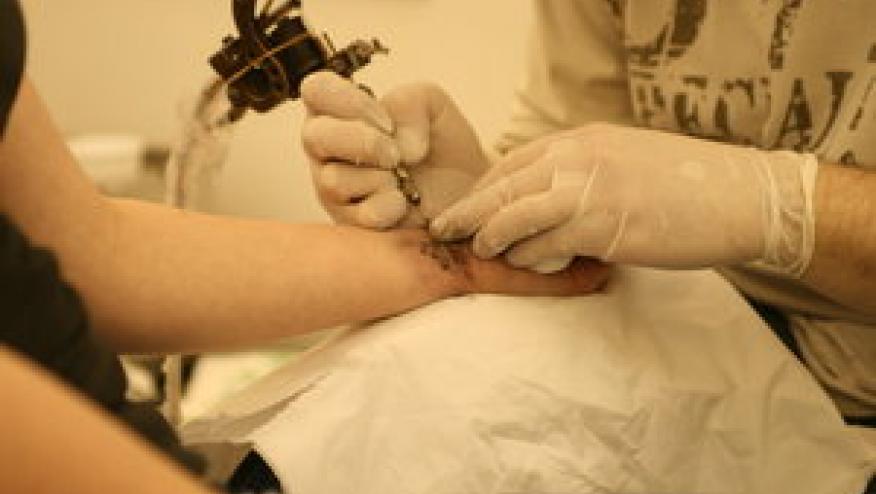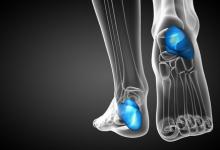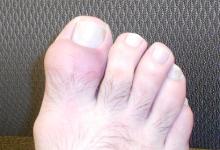Small Joint Surgeries Drop Among RA Patients Save

The rate of small - but not large - joint surgery has dropped among patients with rheumatoid arthritis (RA) since 1995, a retrospective review of orthopedic surgeries found.
By 2015, less than 1% of patients per year underwent small joint surgery, reported Ashima Makol, MD, of the Mayo Clinic in Rochester, Minnesota, and colleagues in Arthritis Care & Research.
Women had a higher cumulative incidence of small joint surgery than men. Advanced age, rheumatoid factor (RF), and anti-cyclic citrullinated peptide (CCP) positivity were risk factors for both large and small joint surgery, while body mass index (BMI) of 30 or more was a factor for large joint surgery.
"Our findings confirmed that clinical and laboratory markers of severe articular disease are also the risk factors for joint surgery," the authors wrote. "The higher rate of small joint surgery among women may reflect higher rates of medically refractory disease or predisposition to joint damage compared to men."
While predictors of large joint surgeries are known, factors that point to the long-term risk of small joint surgeries are not well understood, they added.
In this study, researchers studied adult residents of Olmsted County, Minnesota (the area surrounding Rochester and a rich source of data for many population-based Mayo studies), with incident RA from 1980 to 2013. They reviewed the entire inpatient and outpatient medical records from all providers in Olmsted County to obtain information about orthopedic procedures and potential risk factors, recording the date and type of each procedure after the RA incidence date and the involved joints.
The median follow-up period was 10.7 years. The researchers included surgeries involving shoulders, elbows, wrists, thumbs and other fingers, hips, knees, ankles, and toes.
The cohort included 1,077 patients with RA. Most were women (69%) and the mean age at RA incidence was 56 years. RF was positive in 66% of the group.
Men had a slightly higher incidence of large joint swelling (49.1% versus 41.5%, P=0.02) at RA incidence, but there were no significant sex differences in obesity, RF, or CCP positivity.
A total of 189 patients underwent one or more joint surgeries during the follow-up period: 90 women and 22 men had at least one small joint surgery, and 141 women and 63 men had at least one large joint surgery.
The cumulative incidence of first small joint surgery was significantly higher in women (14.4% by 15 years after RA incidence, 95% CI 11.3-17.4) than men (7.6% at 15 years, 95% CI 4.3-10.8; P=0.008).
In the cumulative incidence of first large joint surgery, however, researchers found no real difference between women (20.2% at 15 years, 95% CI 16.8-23.6) and men (18.8%, 95% CI 13.8-23.5; P=0.55).
Radiographic erosions (HR 4.55) and seropositivity (HR 2.47) were the strongest risk factors for small joint surgery, while obesity and glucocorticoid use were risk factors for large joint surgery.
Over time, the rate of small joint surgery declined significantly, but the rate of large joint surgery did not change. Small joint surgeries were more common among women and declined in both sexes starting in 2000. Large joint surgeries were similar among both sexes and showed no evidence of a trend (P=0.87).
A significant percentage of patients started RA treatment before disease modifying anti-rheumatic drugs (DMARDs) were widely used, the authors noted, and other studies have correlated a lack of exposure to effective DMARDs with joint surgery risk.
"Longer exposure to DMARDs within the first year after RA diagnosis has also been correlated to a longer time to joint surgery, suggesting that patients derive benefit from early and sustained remission or low disease activity, observations which provide indirect support for the current treat to target strategy," they wrote.
This study has several limitations. Its findings relied on medical records to identify risk factors for surgery, and the researchers could not account for individual patient factors like disease activity, functional impairment, or specific indication around the time of surgery. This -- plus the study's retrospective design -- cautions against making a causal link between disease severity and orthopedic procedures.
In addition, patients lived in Olmsted County, which predominantly is Caucasian with a high percentage of healthcare workers, and results may not apply to other populations.
"This is relevant to the orthopedic surgery rates reported here since higher socioeconomic status, white ethnicity, and rural residence have been associated with an increased likelihood of undergoing arthroplasty among patients with RA," the authors noted.
This research was funded by the National Institutes of Health, the Mayo Clinic Department of Medicine, and the National Institute on Aging.







If you are a health practitioner, you may Login/Register to comment.
Due to the nature of these comment forums, only health practitioners are allowed to comment at this time.